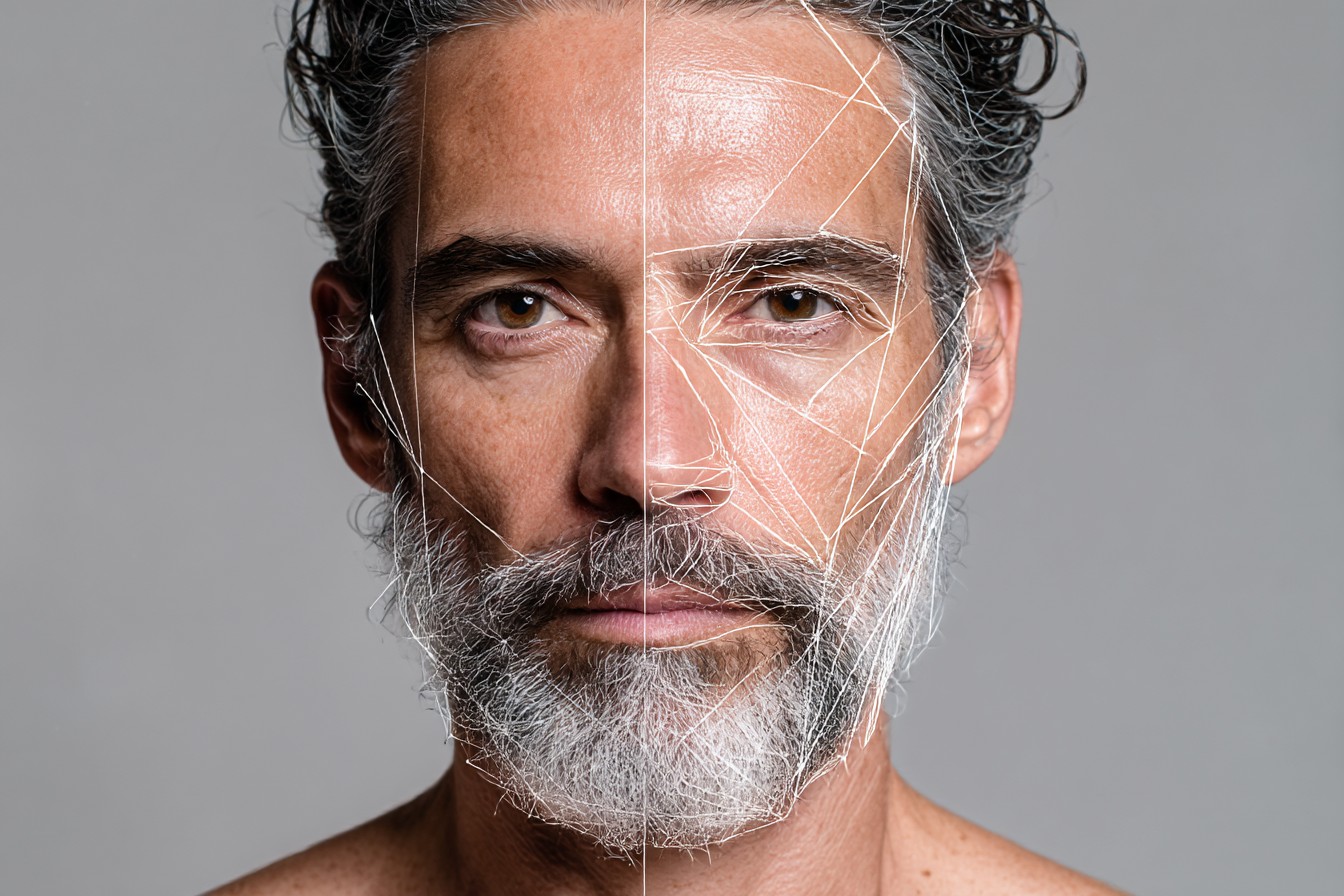My bathroom cabinet used to be a graveyard of half-used skincare products. Seriously, it was like a memorial to my gullibility—$80 moisturizers that made my face feel like an oil slick, “advanced” serums that caused mysterious red bumps, charcoal masks that did absolutely nothing except make me look like I’d fallen face-first into a barbecue. If the label said “FOR MEN” in aggressive capital letters or featured metallic packaging that looked like it could survive a nuclear blast, I probably owned it at some point.
The breaking point came when my ex-girlfriend Sarah, who has the kind of skin that makes dermatologists weep with joy, caught me applying three different products in a completely random order one morning. She watched in silent horror for about thirty seconds before intervening.
“What exactly do you think that green stuff does?” she asked, pointing to a $65 “detoxifying botanical gel” I’d been faithfully applying for months.
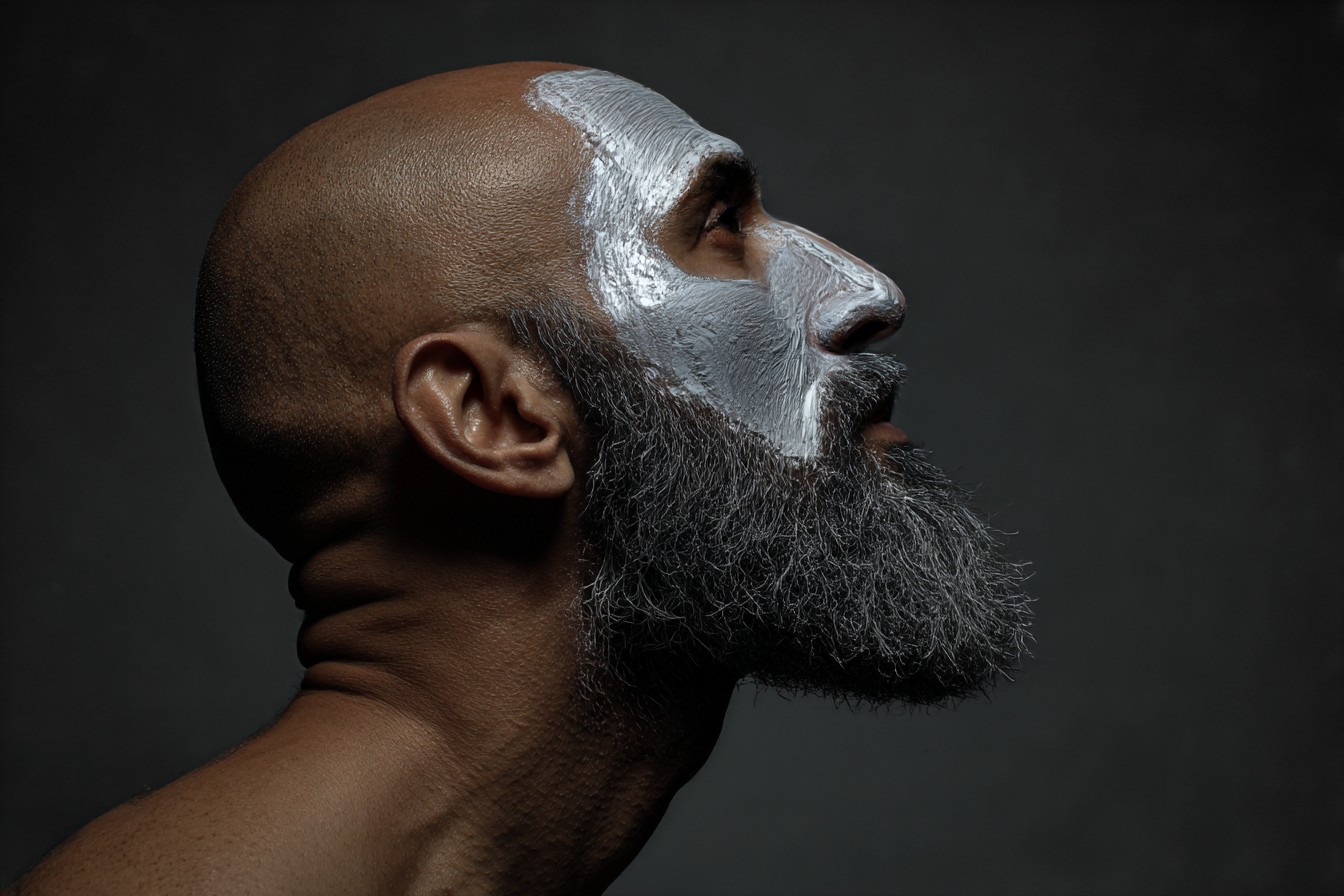
“Uh, it removes toxins?” I offered weakly.
“From what? Your wallet?” She picked up the bottle, scanned the ingredients, and sighed. “Jack, this is mostly water, alcohol, and food coloring. You’re literally paying to irritate your skin.”
That was six years ago, and it marked the beginning of my reeducation about skincare—a genuinely humbling process that involved admitting that most of what I thought I knew was complete nonsense. Since then, I’ve interviewed dermatologists, cosmetic chemists, and everyday guys with great skin. I’ve tested hundreds of products, researched ingredients obsessively, and finally developed a routine that actually works without requiring a second mortgage or an extra hour in the bathroom each morning.
The first and most important thing I learned: skincare marketed specifically to men is often inferior to gender-neutral products, but packaged in darker colors and given “masculine” names to justify charging us more. That face wash called “VOLCANIC SCRUB BLASTER” that smells like synthetic pine trees and feels like rubbing sandpaper on your face? It’s probably doing more harm than good, despite costing three times what it should.
“The skin doesn’t know the gender of the person it’s attached to,” Dr. Rebecca Liu, a dermatologist I interviewed for a feature last year, told me bluntly. “This idea that men need completely different products is largely a marketing creation.” She explained that while there are some general differences between male and female skin—men’s tends to be slightly thicker, oilier, and has different pH levels due to regular shaving—these don’t justify entirely different formulations.
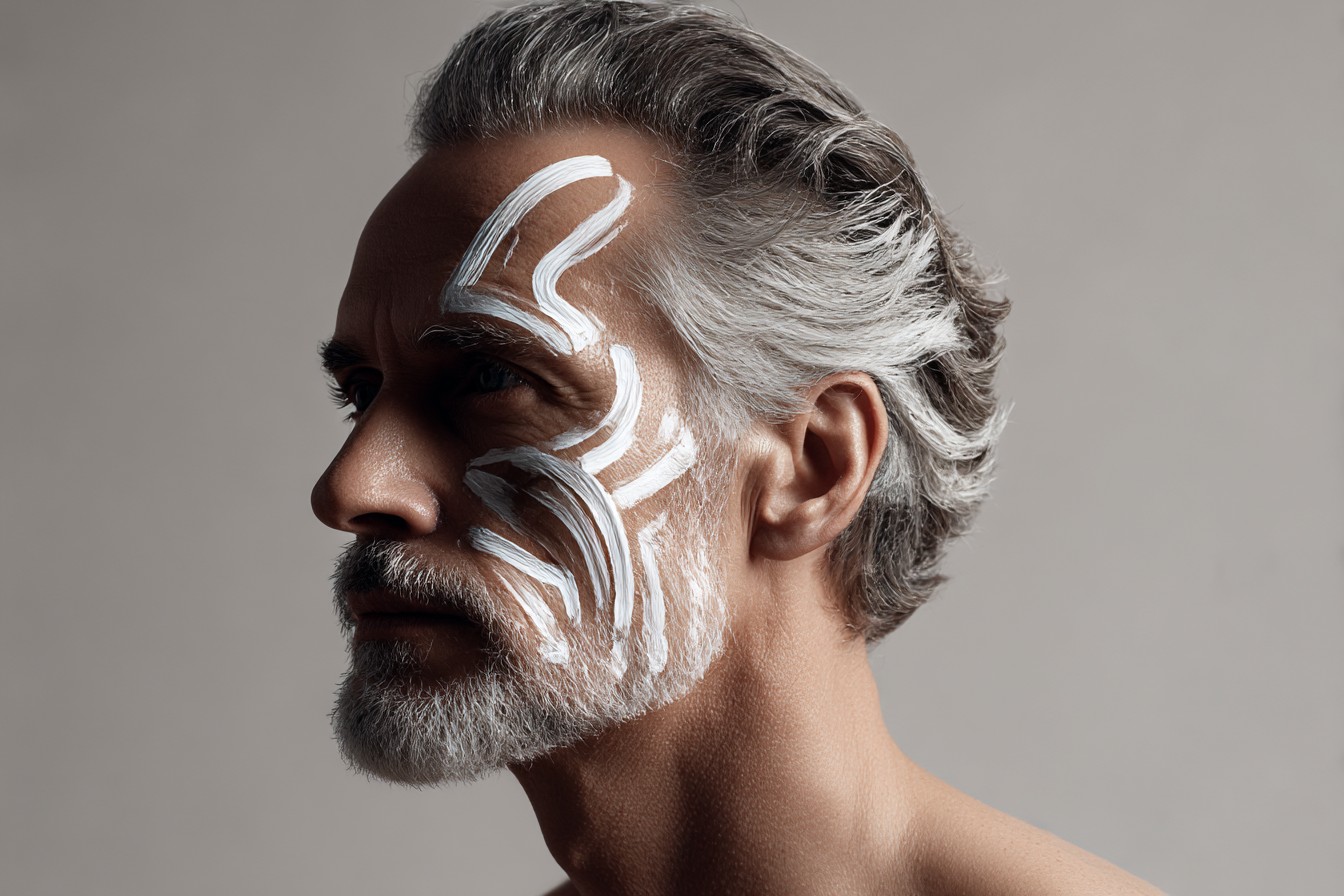
The bigger factor is individual skin type. A guy with dry, sensitive skin has way more in common with a woman with dry, sensitive skin than he does with another man who has oily, resilient skin. Yet we’ve been conditioned to reach for products based on our gender rather than our actual needs.
So what actually works? Let’s start with the absolute basics—the products that give you the most bang for your buck and that every guy should own, regardless of age, skin type, or how many minutes you’re willing to dedicate to your face each day.
First: a gentle cleanser. Not a 5-in-1 body/face/hair/car wash monstrosity, not a heavily fragranced “energizing” face scrub that leaves your skin feeling tight and dry (that’s damage, not cleanliness). Just a simple, effective cleanser that removes dirt and excess oil without stripping your skin barrier.
CeraVe Hydrating Facial Cleanser (about $15) or Vanicream Gentle Facial Cleanser ($9) will outperform most expensive options. Neither has fancy packaging or marketing. Both were developed with dermatologists and have minimal ingredients that won’t irritate most skin types. I keep the CeraVe in my shower and have backups in my gym bag and travel kit. It’s that reliable.
Next: moisturizer with sunscreen for daytime. This is non-negotiable, and I’ll fight anyone who says otherwise. UV damage is the primary cause of premature aging, and if you care even remotely about how your face will look in ten years, you need sun protection. Every. Single. Day. Even in winter. Even when it’s cloudy. Even when you’re mostly indoors.
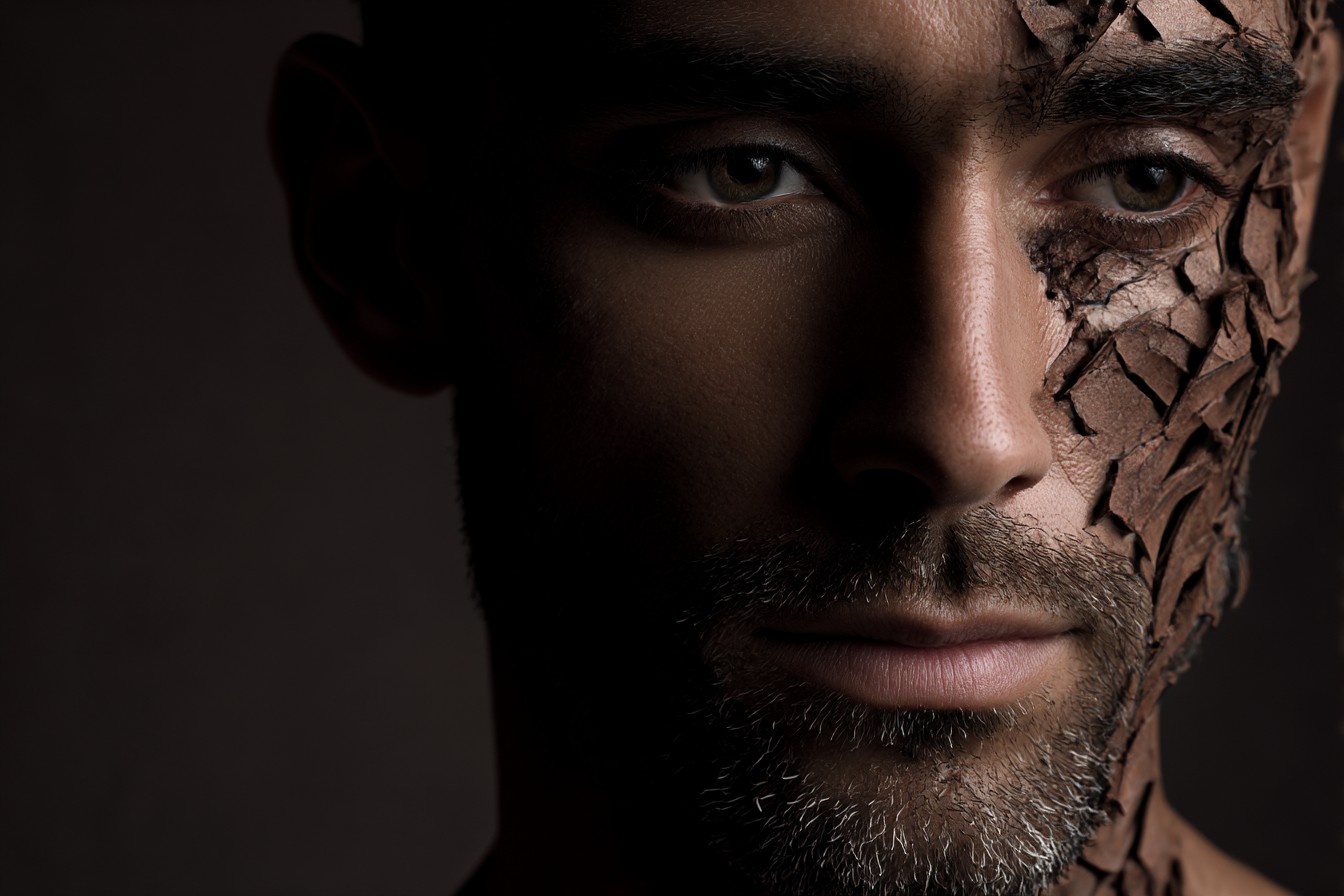
My go-to is Supergoop Unseen Sunscreen ($36), which is completely clear and doesn’t feel like traditional sunscreen at all. It actually makes your skin look better immediately—slightly mattified but not dry. If that’s too pricey, Neutrogena Hydroboost with SPF 50 ($22) is a solid alternative that feels light and absorbs quickly. Both work perfectly under facial hair and won’t leave a white cast on any skin tone.
For nighttime, a basic moisturizer without SPF. Don’t overthink this—you need something that suits your skin type and doesn’t contain irritating fragrances or alcohols. For most guys, CeraVe PM ($16) hits the sweet spot of affordability, effectiveness, and availability. It contains niacinamide and ceramides—ingredients that actually strengthen your skin barrier rather than just sitting on top of it—without any unnecessary additives.
That’s it. Three products. Cleanser, SPF moisturizer for day, regular moisturizer for night. If you do nothing else, these three steps will dramatically improve your skin over time, especially if you’re currently using nothing or relying on that 18-in-1 body wash on your face.
But what if you want to take things further? This is where it gets interesting—and where marketing often gets in the way of results.
The next most impactful addition to your routine would be an exfoliant—something that removes dead skin cells to improve texture and prevent clogged pores. But for god’s sake, put down the aggressive scrubs with walnut shells or microbeads. Those create micro-tears in your skin and do more harm than good.
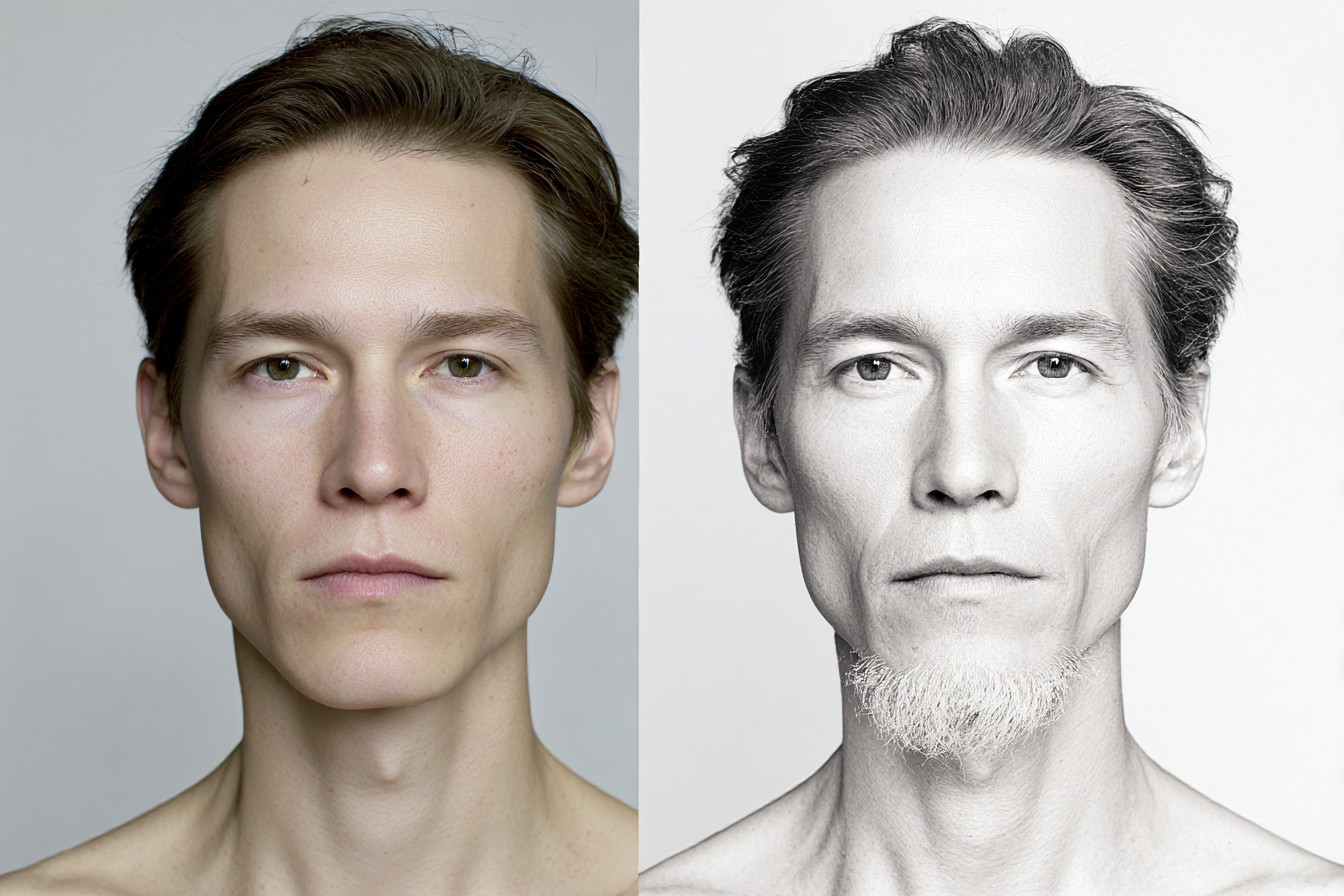
Chemical exfoliants are far more effective and gentler when used correctly. The Ordinary’s Glycolic Acid 7% Toning Solution ($10) is ridiculously affordable and works better than products ten times its price. Use it 2-3 times a week after cleansing, before moisturizing. If you have sensitive skin or redness issues, try Paula’s Choice 2% BHA Liquid ($32), which is less intense but still effective, especially for preventing and treating breakouts.
If you’re starting to notice fine lines or sun damage, add a vitamin C serum in the morning, under your sunscreen. Timeless 20% Vitamin C + E Ferulic Acid Serum ($25) is virtually identical to a famous $166 version that beauty editors swear by. Store it in the refrigerator to keep it stable longer.
For nighttime, after you hit 30 or so, consider adding a retinol product. This is the ingredient with the most scientific evidence behind it for improving skin texture, reducing fine lines, and even helping with acne. Differin Gel ($15) is now available over the counter and was previously prescription-only. Start slowly—once or twice a week—as your skin builds tolerance, then gradually increase frequency.
Notice how none of these recommendations involves exotic ingredients harvested at midnight during a full moon, or proprietary complexes with scientific-sounding names. That’s because the ingredients that actually work are well-established, well-studied, and often found in reasonably priced products. The $300 miracle creams are selling hope and marketing, not superior results.
Speaking of which, let’s talk about the biggest skincare scams targeting men specifically, because they’re everywhere and they’re getting worse:
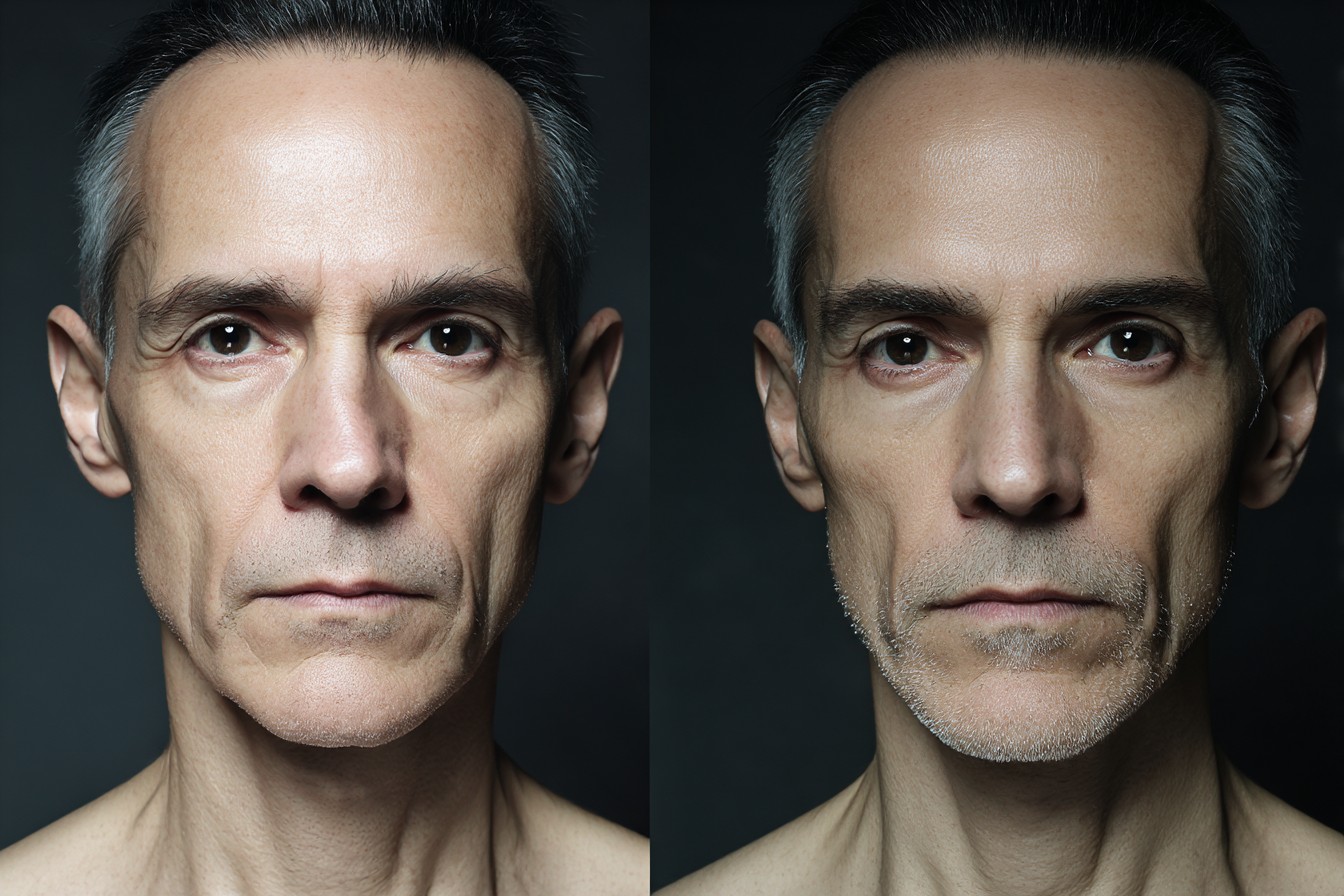
“Activated charcoal” anything. Unless you’ve been poisoned and are in an emergency room, activated charcoal is not “detoxifying” anything. It’s just a trendy ingredient that looks cool in photos and lets companies charge more for basic cleansers.
“Pore strips” and peel-off masks. They’re satisfying to use, I’ll grant you that. Seeing gunk pulled from your pores feels productive. But they’re actually damaging your skin barrier and can cause broken capillaries over time. Those little dots on your nose (sebaceous filaments) are normal and will come back within days anyway.
Eye creams for men. With rare exceptions, these are just regular moisturizers in smaller containers with massive markups. Unless it contains specific active ingredients for particular eye-area concerns, your regular moisturizer will work just fine.
Any product that contains alcohol high on the ingredient list. It might feel good initially because it dissolves oil, but it’s destroying your skin barrier, which actually causes more oil production over time. It’s a vicious cycle.
Anything promising instant results. Real skincare is a marathon, not a sprint. Products that cause immediate visible changes are usually just temporarily plumping the skin with hydration or using optical diffusers to mask imperfections. That’s makeup, not skincare, which is fine—but be aware of what you’re actually buying.

My friend Tyler, who works in construction in Texas and spends his days in the sun, swore by cheap drugstore aftershave until I introduced him to a basic routine of cleanser, moisturizer, and sunscreen. Six months later, the persistent redness he’d had for years was gone. “I thought my face was just like that,” he told me, genuinely surprised. “Turns out I was just irritating the hell out of it every day.”
The most common pushback I get from guys is that skincare is too time-consuming. But the basic routine I outlined takes less than two minutes, morning and night. That’s four minutes a day to dramatically improve how your skin looks and feels, both immediately and over time. You probably spend more time deciding what to watch on Netflix.
The second most common objection is cost. Yes, good skincare requires some investment, but it doesn’t have to break the bank. That three-product basic routine costs less than $50 total and will last months. Break it down per day, and you’re spending less than your morning coffee on something that affects how you look and feel every single day.
Here’s my final advice after years of wasting money and time on ineffective products: ignore the marketing, focus on the ingredients, and be consistent. Your skin doesn’t care about sleek packaging or whether a product was “engineered specifically for men’s tough skin.”
Skincare companies know that many men are still unfamiliar with ingredients and product types, so they exploit that knowledge gap with pseudoscience and gendered marketing. Don’t fall for it. Your face deserves better, and so does your wallet.
And for what it’s worth, that green “detoxifying” gel that Sarah called me out on years ago? I recently spotted it at a department store with new packaging, a new name, and a price tag of $85. The ingredients were identical. Some things never change—but thankfully, with the right products, your skin actually can.
